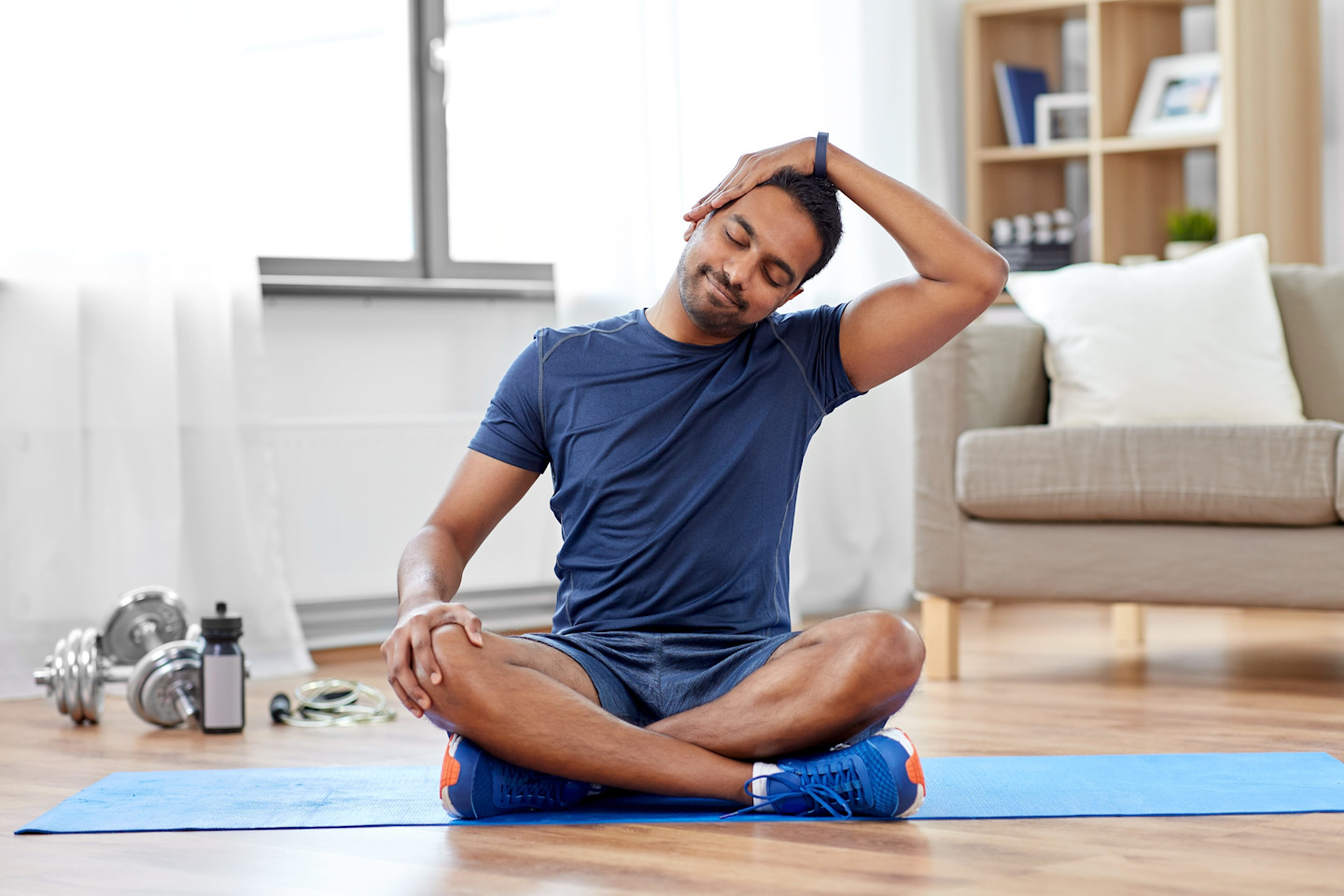6 stretches physical therapists say you should try if you have neck pain
Stretching can help increase blood flow, reduce stiffness, improve flexibility, and relax muscles. Relieve your neck pain with these PT-recommended stretches.
0 $ pour vous
Dernière mise à jour : Mar 28, 2025
Table des matières
Fully covered neck pain relief
Find relief from neck pain, a pinched nerve, tech neck, & more.
Check if I'm eligibleStretches for neck pain
Want expert care? Check if you're covered for our free program →- Seated Head Tilt
- Head Turn
- Scapular Squeeze
- Scapular Clocks
- Cat Cow
- Open Book Rotation
